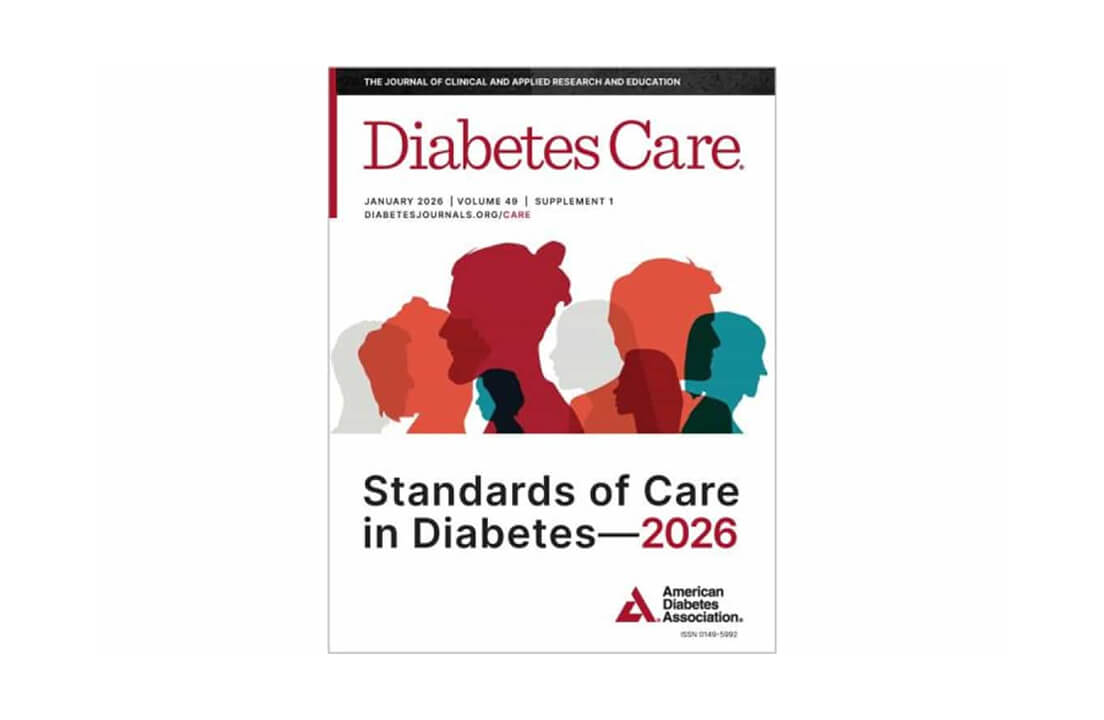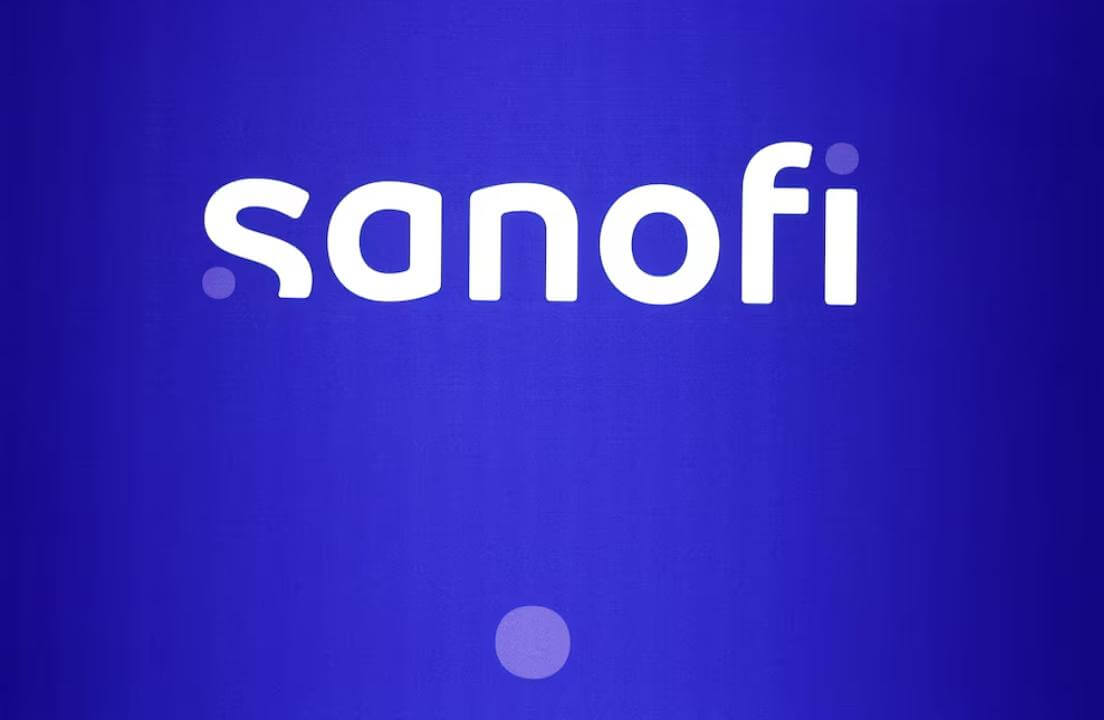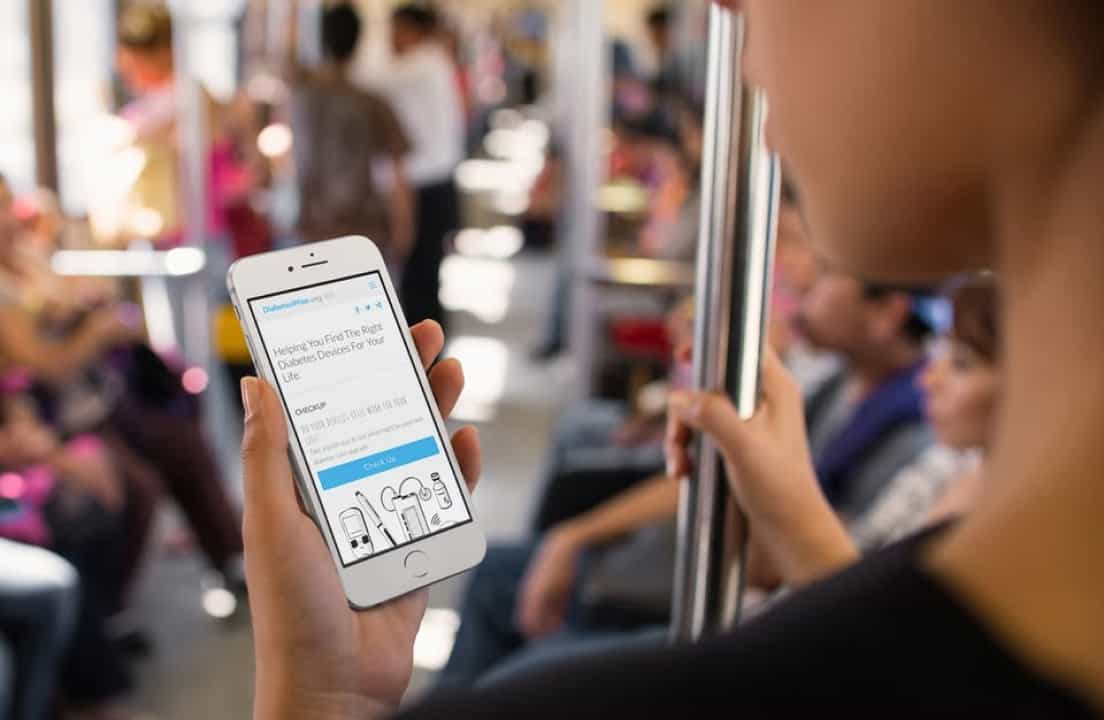T1D Guide
T1D Strong News
Personal Stories
Resources
T1D Misdiagnosis
T1D Early Detection
Research/Clinical Trials
7 Tips When You Have a Sweet Tooth and T1D
Buttery chocolate blackout cake, toffee pudding, salted caramel pie, oh my! If sugar is your love language and you have diabetes, it can be a challenging fine line to navigate— rapid sugar spikes, insulin resistance issues, not to mention all the judgy stares when people see your CGM!

But alas! Allowing tiny indulgences is part of the joys of living and shouldn’t be ceased even with type 1 diabetes (T1D).
Read on for some smart sugar strategies to keep your sweet tooth in check and keep your blood glucose levels steady-eddie.
Unfortunately, we live in a culture where desserts, like champagne, are synonymous with celebrations. Weddings, birthdays and holidays aren’t complete without that special cheesecake or pecan pie.
We’ve all heard the expression life is short; eat dessert first. But it’s important to know that people, with or without diabetes, can be addicted to sugar. We like sugar because it releases dopamine and opioids in the brain, triggering pleasure and reward responses.

However, new studies reveal sugar, like smoking and drinking alcohol, can be dangerous to our health if consumed excessively:
A diet with too much sugar leads to:
- Weight gain
- Type 2 diabetes
- Inflammation of the brain and body
- Dental problems
- Liver disease
- Heart disease
- Mood swings
Moreover, when we let our candy craving get the better of us, we usually pay a small price: a blood sugar tough to chase, a stomach ache from too much ice cream, or the guilt of a sugar hangover. After the donut high comes the low. What tastes good in the moment can sometimes lead to depression, anxiety, stress and diabetes burnout.
Nevertheless, there are ways to embrace the motto “Life is short, make it sweet,” without giving up sugary indulgences completely.
7 Tips to Break Your Sugar Habit
1. Practice Mindful Eating
We’ve all heard it’s important to pay attention to your appetite and watch for signals to stop eating when you feel full. A lot of people eat sweets out of stress, boredom or depression.
If you find you need sugar throughout the day to cope—instead of reaching for that jar of M&Ms, first try a delicious pear or protein bar (they’re much tastier than they used to be!) If you're a chocoholic, eat a piece of dark chocolate or a fun-size candy bar.

2. Pop a Piece of Gum or Brush your Teeth.
Some sugar experts suggest carrying a pack of sugar-free chewing gum or minty mouthwash. The act of chewing stimulates saliva production, which can reduce sugar cravings, and that fresh, clean taste dampens the need for a final pastry course.
What’s more, if you hanker for a sugary sweets after every meal, it could mean you’ve developed an unhealthy habit. Sometimes the desire for a quick patisserie fix may indicate you’re lacking essential nutrients and proteins that prompt your body to feel full. The good news is that bad habits can be broken!
3. Load up on Protein and Fiber
According to Sanford Health News, meals lacking sufficient protein and fiber can cause blood sugar levels to crash, leading to cravings for sugary foods. Your daily cookie hankering could indicate a lack of essential vitamins and minerals your body needs for energy. You could be lacking vitamin B6, which can lead to low energy levels.
Recent research states we’re not eating nearly enough protein and fiber in our diets. Most importantly, the body’s sugar absorption decreases when paired with protein and fiber-rich foods. One option is to replace candy with certain sweet cheeses (ricotta, goat and parmesan) which are high in protein and low in carbs.
4. Substitute Sweets for Stress Management Techniques
Meditation, yoga, daily walks and drinking water all help keep the mind/body balance flowing. If you eat out of boredom or stress, try finding alternative solutions to occupy your time—crossword puzzles on your phone, reading a book for 30 minutes or incorporating some midday wall Pilates.
Pro Tip: The advantages of water are endless! Not only does drinking water take the edge off hunger, but at times your thirst can be mistaken for hunger. Besides, water helps burn calories, speeds up the metabolism, and helps to keep blood glucose levels stable.

5. Save Desserts for Special Occasions
Cut back on your daily sweets so you’ll have something to look forward to on the weekends: a luxurious piece of chocolate cake, a few gluten-free Oreos, or a glass of Cabernet. Share that box of Valentine’s Day chocolates with your number one sweetie.
You can also reward yourself with other activities like low-fat popcorn, a non-fat latte or low-sugar hot chocolate, or your favorite cup of herbal tea with a hint of cinnamon, orange or vanilla.
6. Remove Temptations from Your Fridge and Pantry
“Out of sight, out of mind” is never truer with sweets. You’re forced to make better food choices when you stock your pantry with healthy snacks (see the list below). And, if you don’t buy your favorite bag of Pepperidge Farm Macadamia Nut cookies, it’s much easier grab a cheese stick.
And don’t go too long without eating. When you skip meals, you not only experience nutrient and energy deficiencies, but your muscles break down, your immune system can become impaired, and your hormone regulation is disrupted, impacting blood sugar levels.
7. Supplement with Naturally Sweet Foods
Sweet variations are popping up in protein bars, yogurts, and trail mixes. Additionally, try branching out with fresh fruits, smoothies, or sweet vegetable options like beets, carrots and sweet potatoes high in fiber, potassium and beta-carotene.

There are dozens of websites with Mediterranean diets (a healthy choice for T1Ds), healthy snack options and perfect treats that won’t skyrocket your blood sugar.
Healthy Alternatives to Sugary Delights
Dark Chocolate
Loaded with antioxidants, dark chocolate is a rich, decadent treat that can be good for you too! The dark variety contains flavanols, which can improve blood glucose levels and insulin response.
The higher the cocoa content, the better; try to find one with at least 70% cocoa. If you don’t want to deprive yourself completely, try breaking your chocolate bar in half or thirds to savor the decadence.
Berries
Besides being ridiculously low in calories, raspberries, blackberries, and blueberries contain antioxidants that regulate blood sugar and boost your immune system and fiber, increasing your metabolism. Freeze your fruit to add to a sweet protein shake.

Fruits
Did you know that eating fruits stabilizes blood glucose levels and has been known to reduce the risk of cardiovascular disease in people with diabetes? Plus, grapes, apples and pears are high in fiber and antioxidants. One NIH study found that eating an apple before meals even helps maintain blood sugar levels!
Bananas get a bad rap! They can be paired with protein like peanut butter or nuts and are high in potassium and fiber. They also contain vitamins C and B6, which can help with digestion and high blood pressure.
Interesting Tip: Eating tree nuts (cashews, almonds, pistachios, walnuts and pecans) helps support blood glucose levels.
Greek Yogurt
Many Greek yogurt varieties on the grocery store aisle taste sweet and are good for you. The brand Ratio has a perfect mixture of protein, carbohydrates and fats, and the protein-rich Chobani is a healthy option with added dried fruits and mix-ins.
Protein Bars
While some taste better than others, they are probably a better choice than a crispy crème doughnut. Most are made with all-natural ingredients, dark chocolate, and dried fruits. Also, bars like Built and Quest will keep you full longer. Try choosing options with less than five grams of sugar per serving.
Frozen Yogurt
Treats like vanilla yogurt with berries or dark chocolate and frozen banana desserts are easy to make and keep. What’s more, homemade banana ice cream is simple to make and delicious!
Low-fat Pudding, Chia Pudding or Jell-o with Whipped Cream
Another perfect low-carb snack to eat when your sugars are a little high is Jell-o (sans the red dye), topped with some whipped cream.
Low Sugar Gluten Free Options
Once, it wasn’t the case, but today’s low-sugar, gluten-free options are getting quite tasty. Plus, many don’t contain the added hydrogenated oils found in the mainstream cake and brownie mixes.

Cottage Cheese Fruit Bowl
For a huge heaping of protein with a low-carb twist, try a cottage cheese fruit bowl for a little sweet taste and added healthy balance to quench your hunger.
Other Healthy Snack Options
- Apples with almond or low-fat peanut butter
- Protein waffles or protein power balls
- Air-popped popcorn with a sugar-free topping
- Whipped ricotta cheese with fresh berries
- Trail mix – heavy on the nuts, or cinnamon roasted chickpeas or pumpkin seeds add a nutritional punch.
- Chia Seeds – try adding some chia seeds to your yogurt, oatmeal or salad to boost fiber, nutrients and omega-3 fatty acids.
Furthermore, here are some healthy options that are low in sugar AND low on the glycemic index.
- Fruits like berries, apples, peaches, and cherries
- Vegetables include carrots, asparagus, celery, and leafy greens
- Chickpeas, lentils, quinoa, oats and barley (Try a protein-packed bowl of oatmeal to start your day!)

Living the Sweet Life with Diabetes
The enticement of sugary delicacies isn’t going anywhere. But when you know what you’re up against, you need not deny yourself life’s little pleasures but reserve these comfort foods for special occasions or rewards for a tough week or a positive A1c report.
As you monitor blood sugars when eating treats, notice how certain desserts fare with your blood glucose levels. Then see if adding protein and fiber to that sweet treat makes a difference, and remember moderation is the key to healthy living.


.webp)





.webp)

.jpg)
.jpeg)
.jpg)




.jpg)



.jpg)




.jpg)

.jpg)



.jpg)

.jpg)




.jpg)
.jpg)
.jpg)
.jpg)
.jpg)
.jpg)
.jpg)

.jpg)
.jpg)

.jpg)



.jpg)
.jpg)
.jpg)

.jpg)

.jpg)














.jpg)

.jpg)







.webp)











.webp)























.webp)